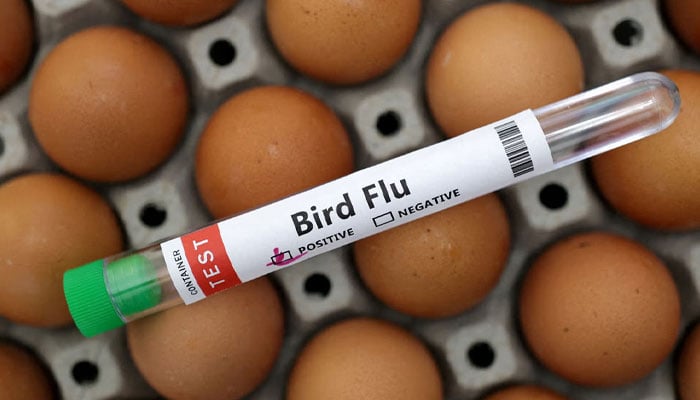
Bird flu remained dangerous for people working closely with animals as the new variant infected the dairy worker in Nevada.
As per Associated Press, the version that was detected in the worker is different from the type spreading in US since last year.
According to US Centers for Disease Control and Prevention (CDC), symptoms the employee showed included eye redness and irritation, similar to most bird flu cases associated with dairy cows.
Additionally, the person's illness was reported to be mild and the worker was revealed to have recovered.
The new strain had been seen before in more than a dozen people exposed to poultry, but this marked the first time the virus was detected in cow.
CDC officials said there is no evidence the virus has spread from the affected to any other person, with the Avian flu posing low risk to general public.
The bird flu currently spreading through animals and some farm workers is known as Type A H5N1 influenza.
Additionally, different strain such as B3.13 was confirmed in March 2024 after it spread in cattle in late 2023, which infected 962 cattle herds in 16 states.
The latest version, D1.1, was confirmed in Nevada cattle on January 31, where it was found in milk collected as part of a monitoring program started in December.
D1.1 discovery marked the second time a version of bird flu spread from wild birds into cattle, which sparked concern among experts regarding wide-scale spread and the control of virus among people working closely with animals.
The health agency revealed that D1.1 was seen in cases from Louisianan and Washington state, with data further revealing that the new variant infected nearly 15 people last year in Oregon, Iowa, Louisiana, Wisconsin and Washington.
Furthermore, the D1.1 version of the virus was also linked with the first US death tied to bird flu and to a severe case in Canada.
Bird flu risk to general public remain low, but the CDC has adviced people working closely with birds and animals to wear protective equipment and take necessary precaution.












